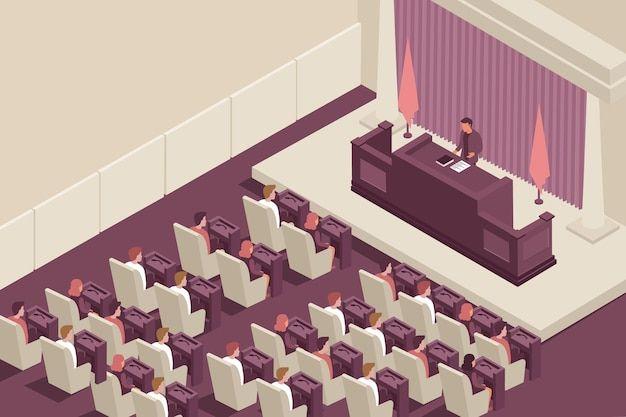E-Government

E-Government: Transforming Public Services
E-government revolutionizes the way citizens interact with their government, moving beyond traditional bureaucratic processes to a more efficient and citizen-centric model.
Key Pillars of E-Government:
- Leadership & Vision: Strong leadership and a clear vision are crucial for successful e-government implementation. This requires proactive government initiatives and a commitment to digital transformation.
- Governance & Administration: Robust governance frameworks are essential, including clear policies, regulations, and accountability mechanisms.
- Integration & Collaboration: Effective e-government requires seamless integration and collaboration between different government agencies, as well as with citizens, businesses, and other stakeholders.
- Infrastructure & Technology: A robust and secure IT infrastructure is fundamental, including high-speed internet connectivity, data centers, and cybersecurity measures.
Benefits of E-Government:
- Improved Efficiency and Service Delivery: Streamlines government processes, reduces bureaucracy, and improves service delivery to citizens.
- Enhanced Transparency and Accountability: Increases transparency and accountability by providing citizens with access to government information and services.
- Increased Citizen Participation: Empowers citizens to actively participate in government processes through online platforms and digital channels.
- Economic Growth: Fosters economic growth by improving business efficiency, reducing administrative burdens, and facilitating innovation.
Challenges and Opportunities:
- Digital Divide: Ensuring equitable access to technology and digital services for all citizens.
- Data Security and Privacy: Protecting sensitive citizen data from cyber threats and ensuring data privacy.
- Digital Literacy: Promoting digital literacy among citizens to effectively utilize e-government services.
- Continuous Innovation: Adapting to evolving technologies and ensuring that e-government services remain relevant and user-friendly.
E-government has the potential to transform the relationship between citizens and their government, creating a more efficient, transparent, and responsive public sector. By embracing innovation and addressing the challenges, governments can leverage e-government to improve service delivery, enhance citizen engagement, and build a more inclusive and responsive society.